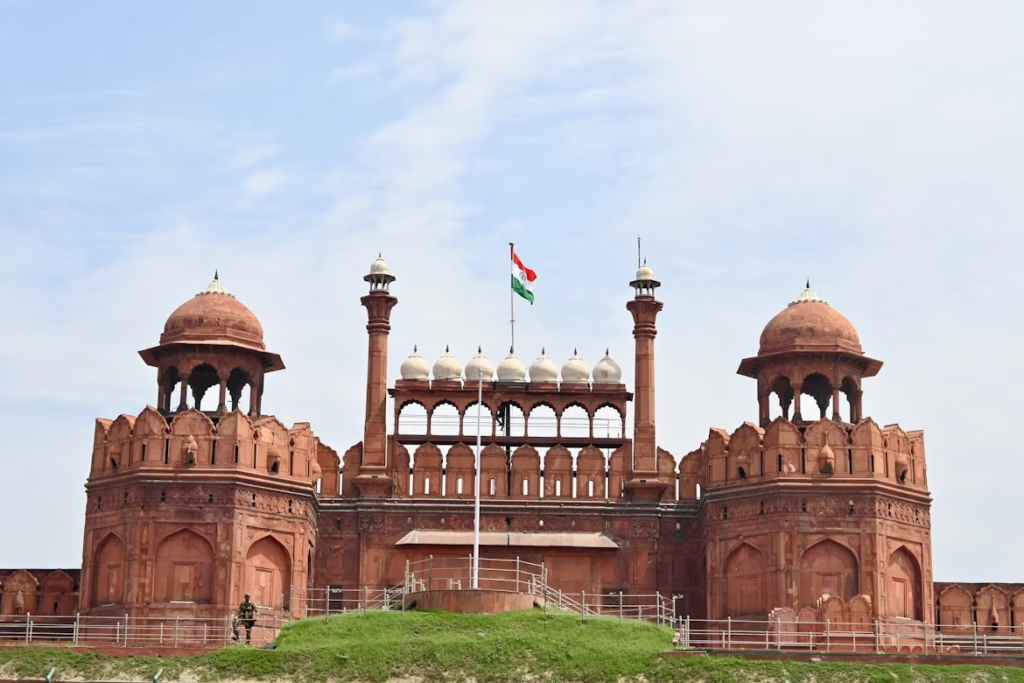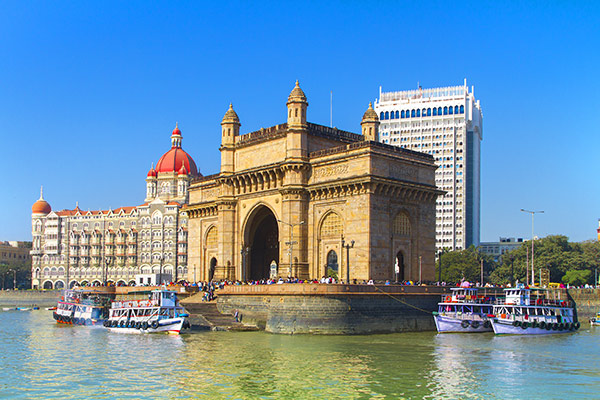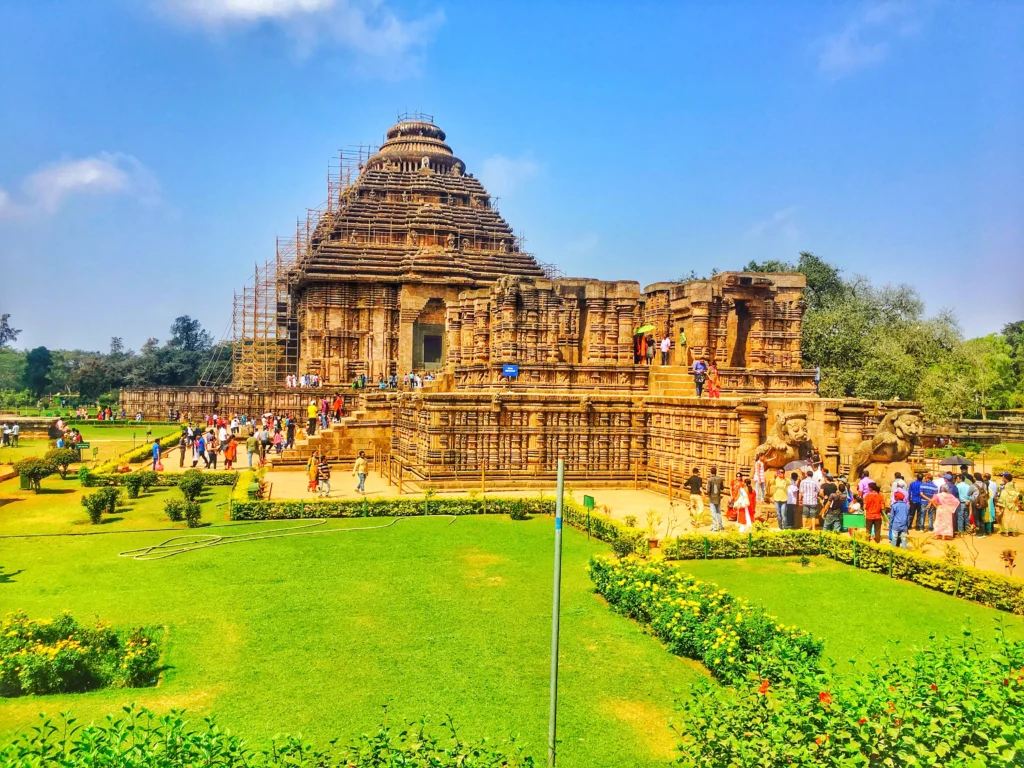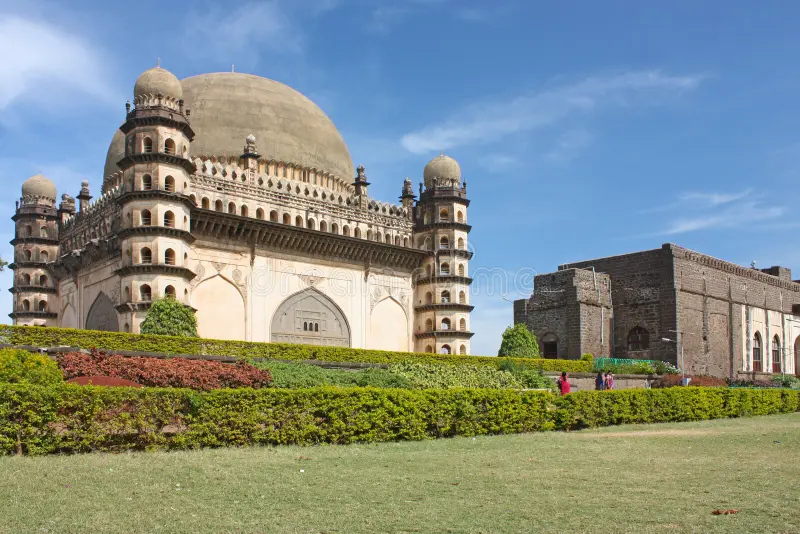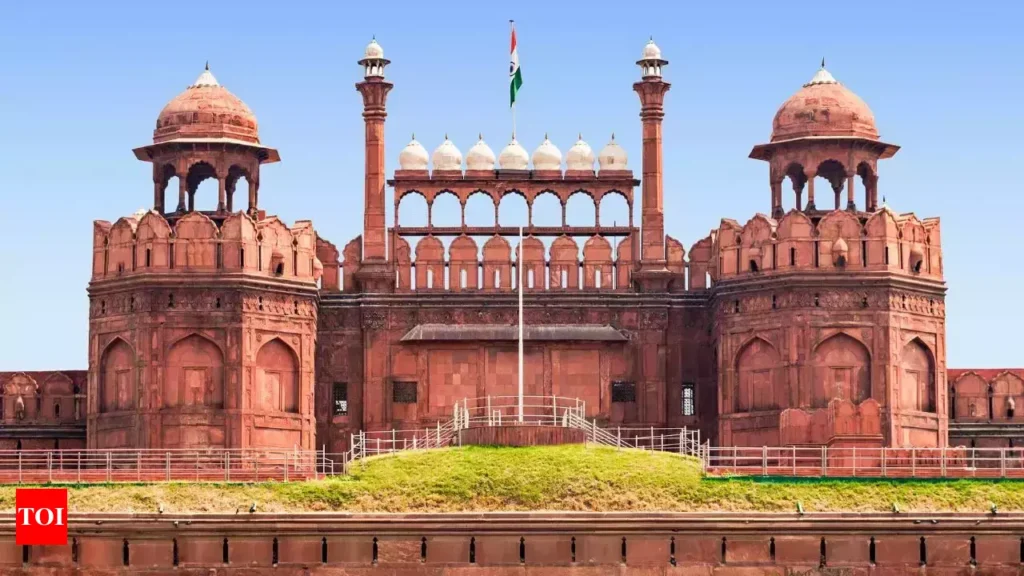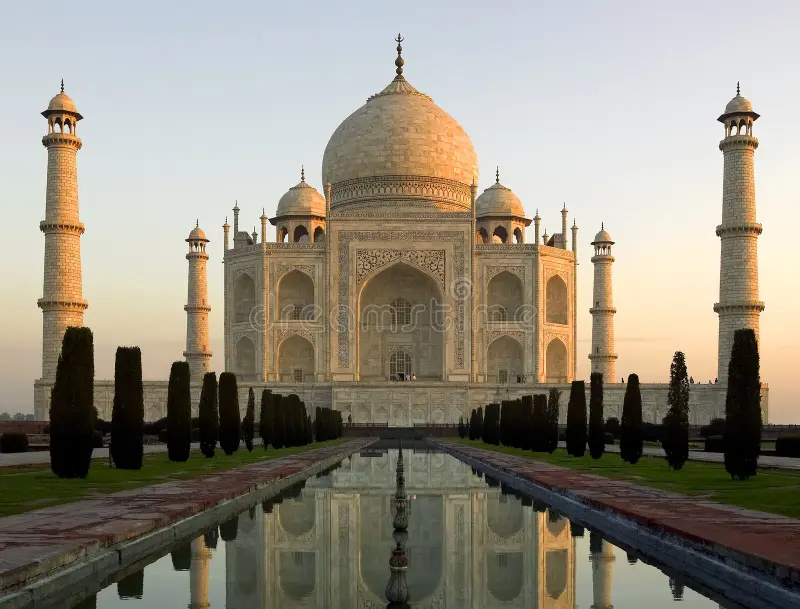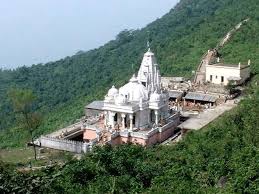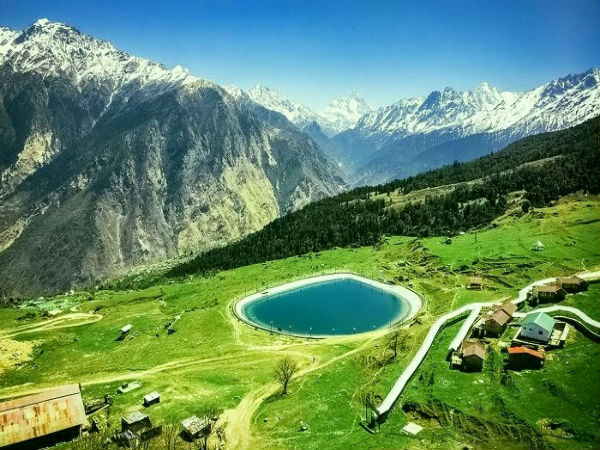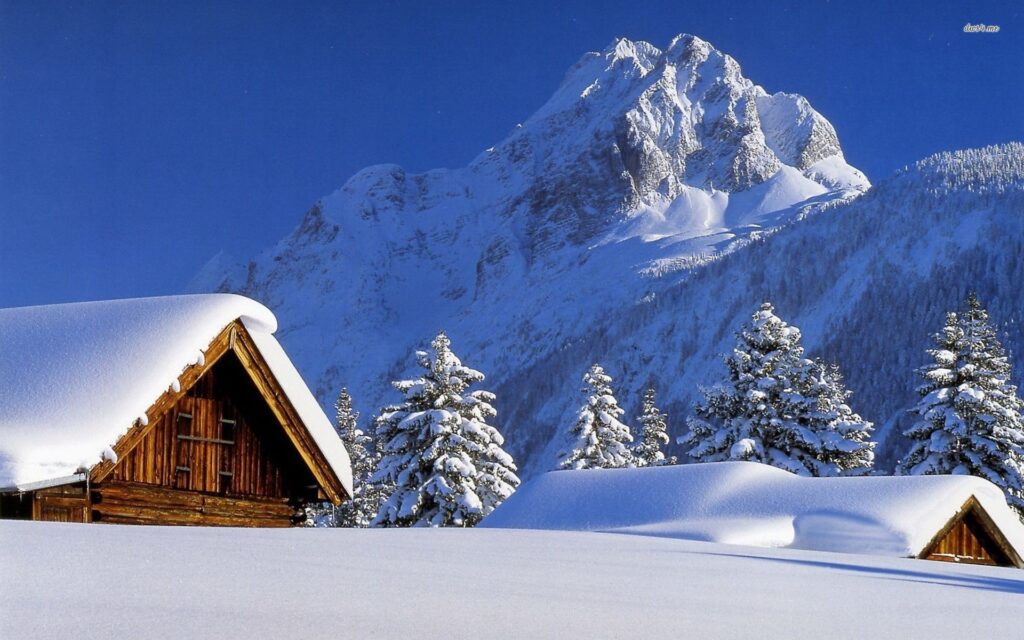



Pahalgam Terror Attack: 26 Civilians Killed in Meadow Ambush
On April 22, 2025, at around 2:30 PM, five militants dressed in camouflage opened fire on tourists in the scenic Baisaran meadow near Pahalgam, Jammu & Kashmir. The assault claimed 26 lives, including Hindu, Christian and two foreign tourists, and injured about 20 others. Eyewitnesses reported militants checked religion—men who could not recite the Islamic declaration were shot at point‑blank range. The Resistance Front, an offshoot of Lashkar‑e‑Taiba, claimed and later retracted responsibility. Intelligence sources indicate it was masterminded by LeT commander Saifullah Kasuri. Security forces swiftly launched a manhunt, while PM Modi and Home Minister Amit Shah held emergency meetings to oversee response and elevate regional vigilance.
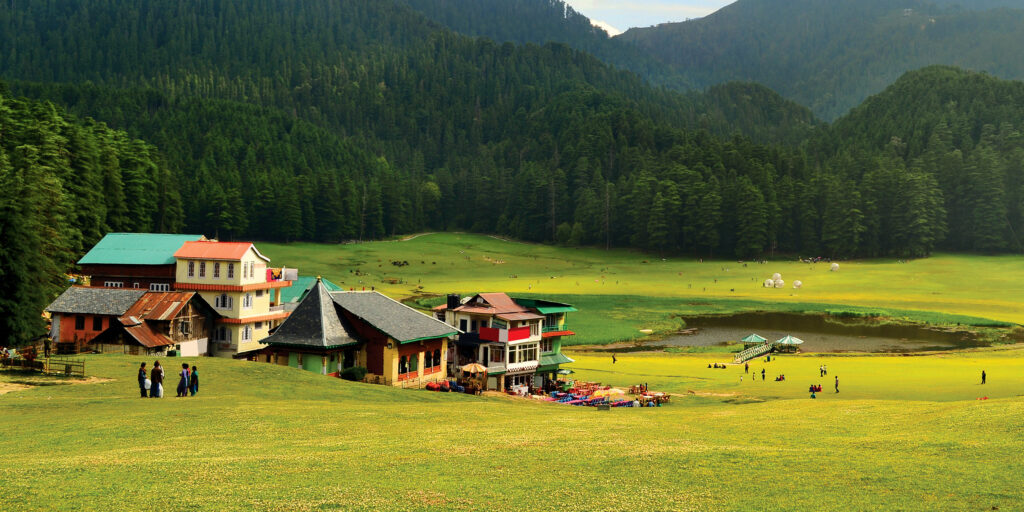
Aftermath & National Response to Pahalgam Horror
Following the attack, the Indian government announced three days of national mourning. All political events were postponed, and the tricolour flew at half-mast. The Army and NIA launched joint operations in South Kashmir, focusing on sleeper cells believed to have supported the assailants. The martyrdom of local pony guide Adil Shah, who shielded tourists and died trying to stop the attackers, became a symbol of bravery. Protests erupted across several cities demanding tough action against terrorism. The government suspended bilateral water-sharing talks with Pakistan and revoked visitor permits to cross-border NGOs, calling the incident “India’s 9/11 in the Valley.”
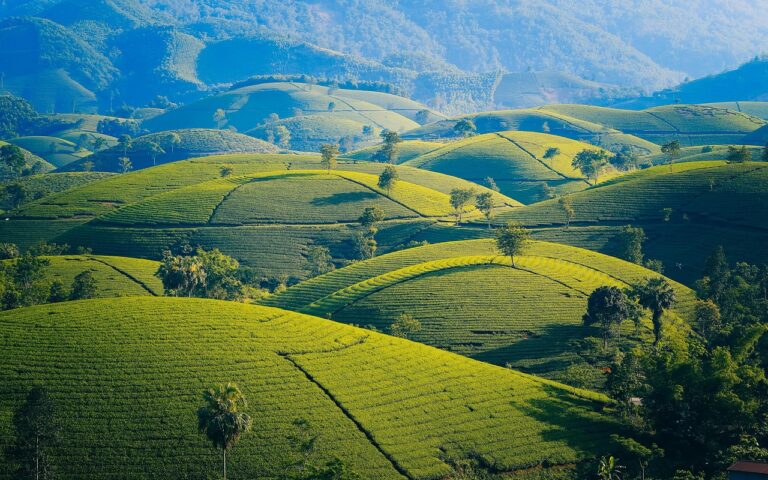
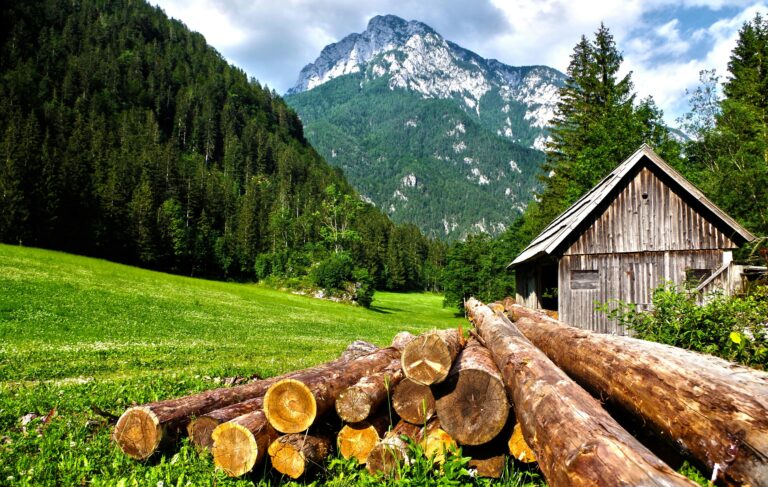
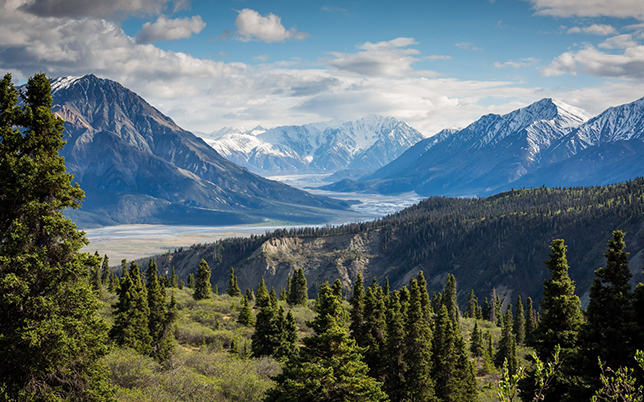


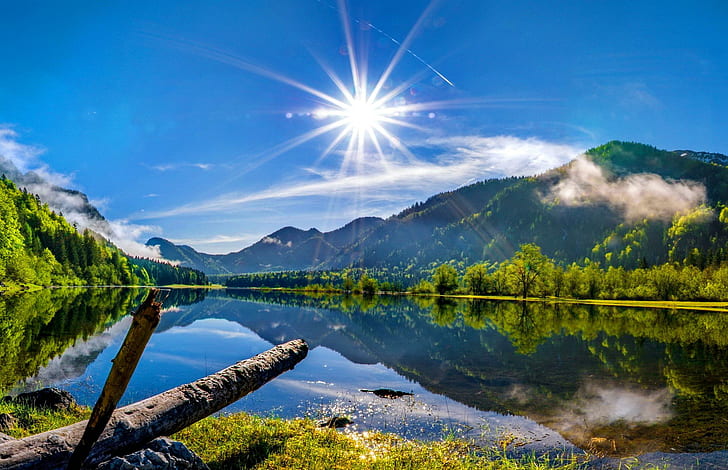
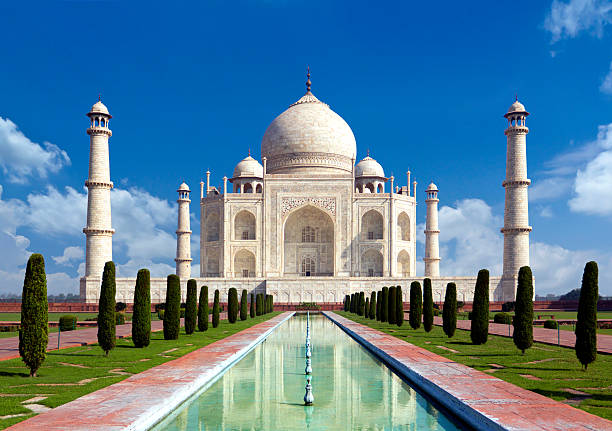
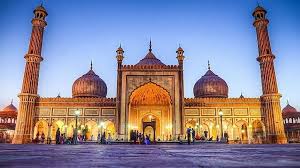
"Travel Better with Trusted Tips & Updates"
Gol Gumbaz: An Architectural Wonder of India
Gol Gumbaz is a famous historical monument located in the city of Bijapur (now Vijayapura) in Karnataka, India. It is the mausoleum of Sultan Muhammad Adil Shah, the seventh ruler of the Adil Shahi dynasty, who ruled from 1627 to 1656. Construction of the monument began in 1626 and was completed in 1656. Gol Gumbaz is widely admired for its incredible architecture and is one of the largest single-chamber structures in the world.
The name “Gol Gumbaz” is derived from the words “Gola Gummata,” meaning “circular dome” in Kannada. Its most striking feature is its enormous dome, which measures about 44 meters (144 feet) in diameter and is unsupported by pillars. This makes it one of the largest free-standing domes globally. The building is constructed using dark grey basalt and rests on a raised platform with four minarets at each corner.
One of the most fascinating features of Gol Gumbaz is the “Whispering Gallery.” A whisper made at one end of the gallery can be clearly heard at the opposite end, due to the unique acoustic design of the dome. This has become a major attraction for visitors.
Inside, the tomb chamber houses the cenotaphs of Muhammad Adil Shah and his family members. The interior is spacious and echoes with even the slightest sound. The monument is surrounded by a well-maintained garden, enhancing its beauty.
Gol Gumbaz stands as a masterpiece of Indo-Islamic architecture and represents the grandeur of the Adil Shahi dynasty. It is a symbol of India’s rich historical and cultural legacy and continues to draw tourists, historians, and architects from around the world.
Mini Switzerland of India: Khajjiar
Khajjiar, often referred to as the “Mini Switzerland of India,” is a small yet breathtakingly beautiful hill station located in the Chamba district of Himachal Pradesh. Nestled at an altitude of around 6,500 feet above sea level, Khajjiar is famous for its lush green meadows, dense deodar forests, and serene lake. It offers a perfect blend of natural beauty and tranquility, making it a popular tourist destination.
The title “Mini Switzerland” was officially given to Khajjiar in 1992 by Mr. Willy Blazer, the Vice Counselor of Switzerland in India. He was so impressed by the landscape that he installed a signboard in Khajjiar showing the distance from the town to Switzerland. The place truly resembles the scenic beauty of Switzerland with its rolling meadows and snow-capped mountains.
One of the major attractions in Khajjiar is the Khajjiar Lake, which sits right in the middle of the grassy landscape. The lake, surrounded by cedar trees, adds to the charm of the area. Visitors can enjoy horse riding, zorbing, trekking, and photography here. The nearby Khajji Nag Temple, dating back to the 12th century, is another popular spot that adds a cultural and spiritual touch.
Khajjiar is also part of the famous Kalatop Wildlife Sanctuary, which is home to various species of flora and fauna. The clean air, quiet surroundings, and breathtaking views make it an ideal getaway for nature lovers and peace seekers.
Whether you’re seeking adventure, spiritual peace, or just a relaxing escape from city life, Khajjiar offers something for everyone. It truly lives up to its name as the “Mini Switzerland of India.”

